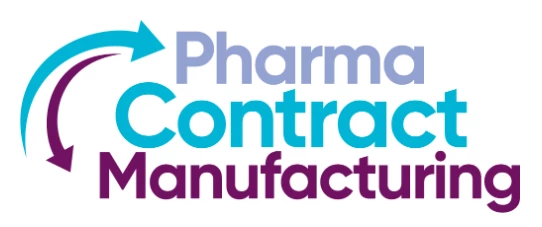How phenotyping could transform the way obesity is treated
We speak to Phenomix about using genetics to better understand the causes of obesity
Add bookmark
Phenotyping, which studies the traits of an organism as influenced by its DNA and changes to its environment, could help scientists understand why some people are at higher risk of obesity compared to others.
A new biobanking registry and outcome study will look at the genes, hormones and behavior of thousands of patients, providing billions of unique data points for scientists to study. Its aim is to find the links between obesity and DNA, age, race, gender and socioeconomic status.
We spoke to Andres Acosta, MD, PhD and co-founder of the biotech company that created the registry, Phenomix Sciences, to find out more.
Pharma IQ: What is phenotyping and how can it be used to study obesity?
Andres Acosta: Phenotyping classifies a patient’s type of obesity based on specific biological mechanisms. At Phenomix we have identified four phenotypes that account for at least 90 percent of obese patients - hungry brain, hungry gut, emotional hunger and slow burn.
Understanding which of the four phenotypes a patient falls under allows us to pinpoint what is driving weight gain and limiting the ability to lose weight. Clinicians are then able to suggest weight-loss solutions specific to a phenotype and genetic makeup. Data has shown that this can double weight loss when compared to conventional methods.
Pharma IQ: How significant could this be to the way obesity is treated?
AA: Precision medicine is a growing field in healthcare. There are a few specialties, like oncology, that are very advanced with their understanding of the root cause of disease and are therefore able to apply personalized interventions to treat the disease.
However, obesity is a highly stigmatized disease that is negatively charged. Today, when patients are given an intervention for obesity, only 30 percent respond to the intervention that is recommended. This is in part because the root cause of obesity is not understood; healthcare providers have applied clinical experience and data to recommend treatments that have shown the best response.
In several peer-reviewed studies, we have demonstrated that phenotyping improves patient outcomes and increases the percentage of patients achieving meaningful (>10 percent) weight loss from 35 percent to 79 percent. But we are just at the tip of the iceberg for understanding obesity phenotyping, the deeper factors that cause obesity and which treatments are best suited to a specific obesity phenotype.
Pharma IQ: How widely adopted is phenotyping?
AA: Currently, the only obesity phenotyping being done is at Mayo Clinic Rochester in the US. There are other sites that are beginning to put the same pieces in place but it is very difficult to scale because it requires a significant amount of overhead to be able to administer all the tests. The process that was discovered at Mayo takes eight to 12 hours for patients to complete.
Pharma IQ: Can you tell us about the work you are doing with Phenomix in this space?
AA: Phenomix recently launched the first precision obesity biobank registry. This will evaluate variability in obesity treatment response by collecting patients’ DNA, metabolomics, hormones, and behavioral assessments, in relation to treatment outcomes. Mayo Clinic is the first to enroll in the registry and is expected to contribute patient outcomes from 2,000 patients undergoing obesity treatment.
In addition, we are developing a blood-based digital biomarker test that will inform the patient and their healthcare provider about the phenotype of the individual and therefore inform the best intervention. Once launched, this will consist of a multi-omic diagnostic test that measures a few dozen obesity-related genes and more than 30 metabolites in the blood along with several digital biomarkers. This will be a significant step forward for the field of obesity and weight loss management.
Pharma IQ: What else can phenotyping be used for aside from studying obesity?
AA: Mayo data shows that phenotyping can predict the response rate of 80 percent of patients compared to the current treatment response rate of 30 percent. This means we will be able to significantly impact all the other disease states that are a result of obesity, such as cardiovascular disease, infertility and joint disease to name a few.
Quick links:
- Rewriting the human genome
- How to use connected innovation intelligence for drug discovery and development
- How to automate the data lifecycle to accelerate drug discovery and delivery
Get exclusive access to member-only articles, reports, videos, interviews, webinars and other premium content from industry experts and thought leaders by signing up to Pharma IQ here.


























